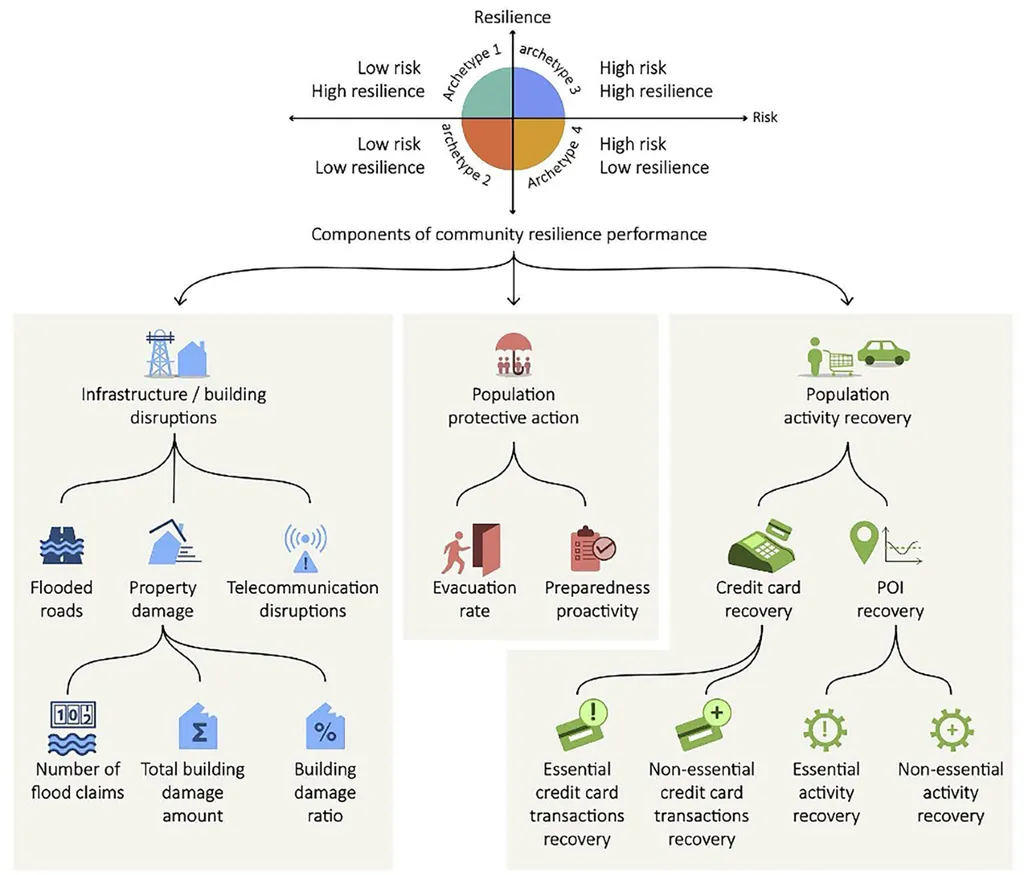In the wake of natural disasters, the built environment often bears the brunt of the damage, leaving communities vulnerable and infrastructure in disarray. Yet, the data collected to understand and mitigate these impacts has long been fragmented, varying across hazard types and infrastructure systems. A new study, led by Mohammad S. Alam from the Department of Civil, Environmental, and Construction Engineering at the University of Hawaii at Manoa, aims to change that. Published in *Frontiers in Built Environment* (which translates to *Frontiers in the Built Environment*), the research introduces a Unified Assessment Framework designed to standardize post-disaster data collection, potentially revolutionizing how the energy sector and other industries approach disaster response and mitigation.
The Unified Assessment Framework is a significant step forward in the field of natural hazards engineering. It provides a standardized approach to collecting hazard and structural assessment data across multiple natural hazards, including earthquakes, windstorms, and coastal events. This framework encompasses three tiers of performance assessment: Basic Assessment (BA), Load Path Assessment (LPA), and Detailed Component Assessment (DCA), each with increasing levels of rigor and fidelity.
One of the most compelling aspects of this research is its practical application. The framework has been implemented as an open-access mobile application, the Structural Extreme Events Reconnaissance Network’s “StEER Unified App,” hosted on Fulcrum, a commercial data collection platform. This app allows for real-time data collection and integration of legacy datasets into a unified platform, facilitating longitudinal analyses and cross-hazard comparisons.
“This work advances the field by providing a scalable, standardized, and hazard-agnostic approach to structural field reconnaissance,” Alam said. “It enables more consistent and coordinated data collection across events, which is crucial for developing effective mitigation strategies.”
The energy sector, in particular, stands to benefit significantly from this research. Standardized data collection can lead to more accurate risk assessments and better-informed decision-making, ultimately reducing the economic impact of natural disasters on energy infrastructure. For instance, understanding the performance of energy facilities under different hazard scenarios can help in designing more resilient systems and improving emergency response protocols.
The research also highlights the importance of assessor training and the complexity of tasks such as load path evaluation. Two use cases— a supervised pilot after the 2022 Hurricane Ian in Florida and an unsupervised deployment for the 2023 Turkey earthquake sequence—demonstrate the framework’s flexible and scalable nature. These deployments offer valuable insights into how data quality is influenced by assessor pre-deployment training and assessment tier.
As the frequency and intensity of natural disasters continue to rise, the need for standardized, coordinated data collection becomes ever more critical. The Unified Assessment Framework and the StEER Unified App provide a powerful tool for the natural hazards engineering community, supporting real-time deployments and expanding data reuse. This research not only lays the foundation for more effective disaster response and mitigation but also paves the way for future developments in the field, ultimately contributing to more resilient and sustainable infrastructure.

